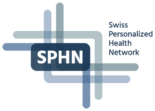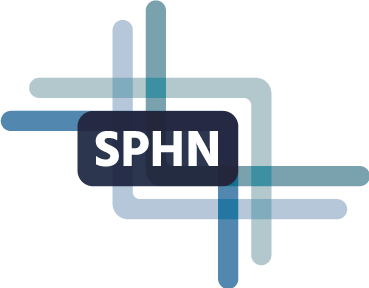The SPHN Semantic Interoperability Framework provides a common language, guidelines as well as tools required to gather health data for research in a FAIR manner. The SPHN Dataset describes the meaning of sharable data by using internationally recognized semantic standards. In order to have an exchange format representing the semantics and the connections between the data elements, the SPHN RDF Schema was developed. This schema acts like a blueprint for those providing data, making it easy for them to share it in a way that can be understood by others. It's also flexible, allowing different projects to adjust it based on their specific needs
With a strict knowledge-centric approach in this new release, we expand the current RDF Schema, introducing concepts in medical domains such as Oncology and Intensive Care, and add a comprehensive set of omics concepts. Moreover, concepts related to data provenance provide the ability to represent the origin of the data and include metadata regarding data alterations, such as semantic mappings.
This important milestone in the SPHN Semantic Interoperability Framework endeavor was jointly achieved by the FAIR Data Team of the SPHN Data Coordination Center together with the teams of the Semantics Working Group, the BioMedIT workforce, the National Data Streams and the SPHN Demonstrator projects.
Main improvements and new items to the SPHN Semantic Framework
The following improvements have been brought to this 2024.2 version of the framework:
The SPHN Dataset now provides:
- Groups of concepts added: Microbiology, Omics, Data provenance, Assessments, Intensive care as well as further Demographics concepts
- Linking to other external files: Timeseries or omics raw data
In addition the following tools and services are also provided:
- A template dataset provides a template for projects to design their dataset
- A HTML web-based visualization of the SPHN Concepts provides resolvable URI and additional information about a class and its properties (cardinality, value restrictions, notes)
- A migration path provides a list of changes between the 2023.2 and 2024.2 version
- SHACLs and SPARQLs for checking data compliance
- The SPHN Schema Forge for projects to generate their own project-specific interoperable framework (RDF Schema, SHACLs, SPARQLs, HTML visualization) from a project-specific dataset
- The SPHN Connector for data providers to generate, de-identify and validate RDF data based on the SPHN (or project-specific) RDF schema
- The SPHN Schema Scope (beta) for dynamic graph visualization of the schema
Besides the already supported external terminologies, the following are newly included and used in the SPHN RDF Schema 2024.2:
- ECO (https://www.evidenceontology.org)
- EDAM (https://edamontology.org/)
- EFO (https://www.ebi.ac.uk/efo/)
- EMDN (https://webgate.ec.europa.eu/dyna2/emdn/)
- GenEpiO (https://genepio.org)
- OBI (https://obi-ontology.org)
- ORDO (https://www.orphadata.com/ordo/)
Please note that from this version onwards, the SPHN RDF Schema uses SNOMED CT Swiss Edition which is a combination of the SNOMED CT International and a Swiss extension (managed by eHealth Suisse).
Availability
- The SPHN Dataset is openly available here: https://sphn.ch/document/sphn-dataset/
- The SPHN Concepts are browsable here: https://www.biomedit.ch/rdf/sphn-schema/sphn/2024/2
- The SPHN RDF Schema is interactively browsable here: https://schemascope.dcc.sib.swiss/
- The external terminologies in RDF are accessible on BioMedIT Portal: https://portal.dcc.sib.swiss/
- The Quality Control Files is available here: https://git.dcc.sib.swiss/sphn-semantic-framework/sphn-schema/-/tree/master/quality_assurance
- A comprehensive documentation is openly accessible here: https://sphn-semantic-framework.readthedocs.io/en/latest/

